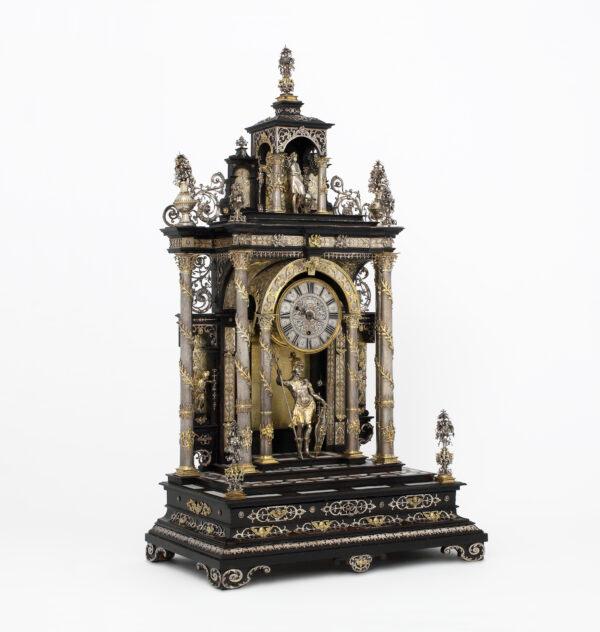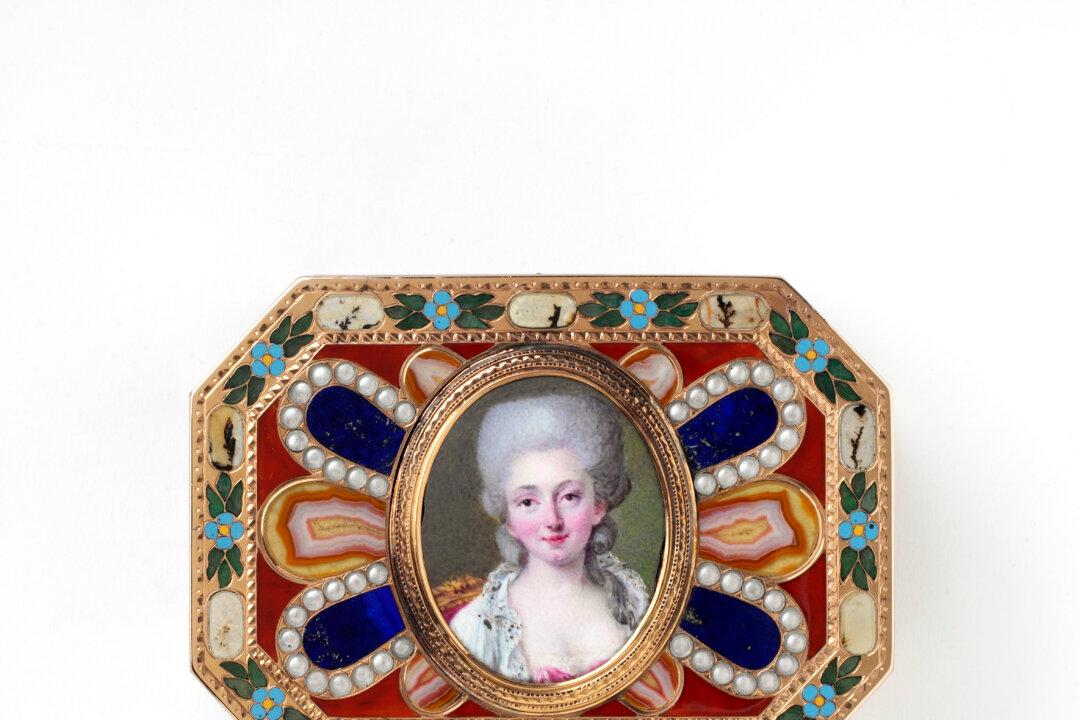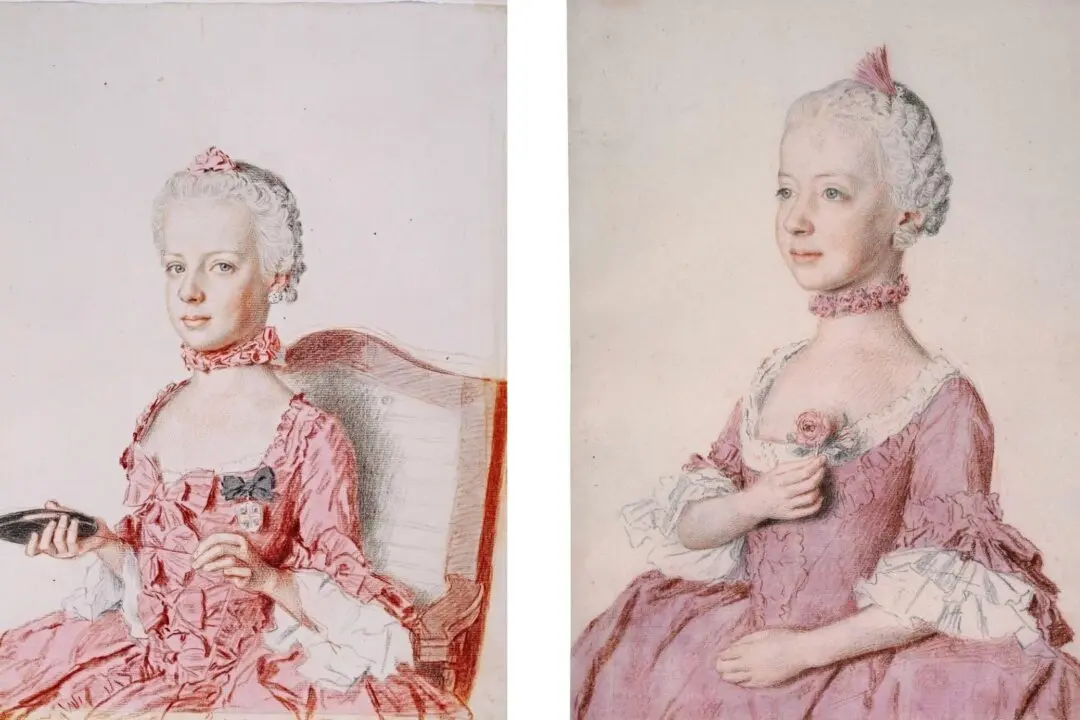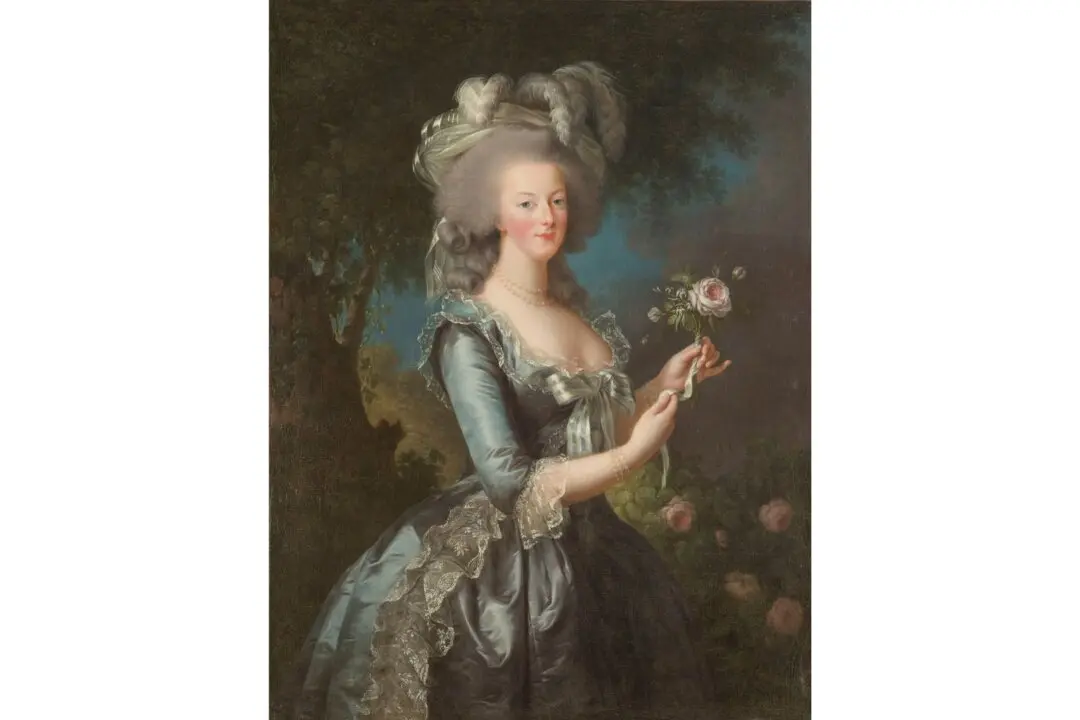Between 1933 and 1945, Jewish art collectors in Germany and Nazi-occupied Europe were systematically forced into exile, deported, or murdered by the Nazis. The Nazis forced Jewish art collectors to relinquish their businesses, academic positions, and possessions. Many of their art collections were confiscated, dispersed, sold, or simply destroyed.

A 17th-century table clock, with elements assembled between 1880 and 1900, likely made by Matthias Walbaum in Augsburg, Germany. Silver-gilt, ebony and ivory; silver and gilded silver, ebonized wood inlaid with mother-of-pearl and ivory, glass. Victoria and Albert Museum, London






